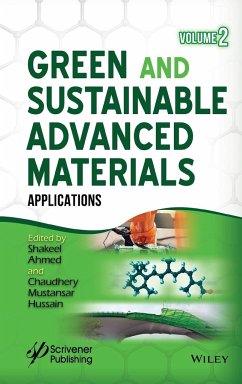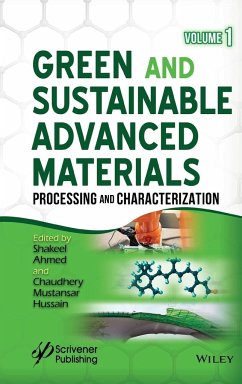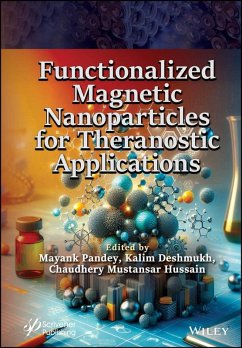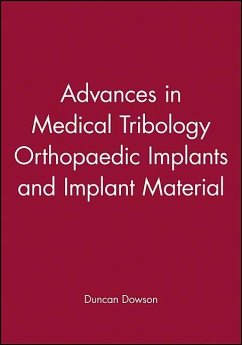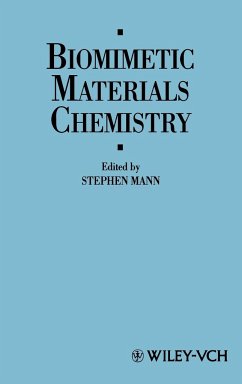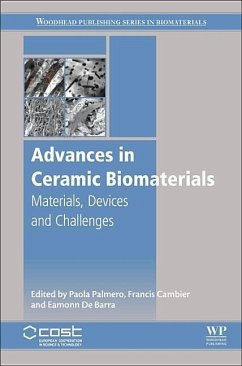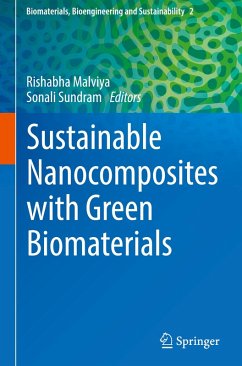
Sustainable Nanomaterials for Treatment and Diagnosis of Infectious Diseases
Versandkostenfrei!
Versandfertig in über 4 Wochen
201,99 €
inkl. MwSt.
Weitere Ausgaben:

PAYBACK Punkte
101 °P sammeln!
The book focuses on the design and novel synthetic routes of sustainable nanomaterials in diagnosing and treating infectious diseases offering potential benefits in terms of efficiency, biocompatibility, and environmental impact. The fifteen chapters in this book provide a comprehensive exploration of how sustainable nanotechnology can revolutionize infectious disease management and bridge the gap between the fundamental principles of nanotechnology and their practical applications in combating infectious diseases. Subjects covered include: the rise of multidrug-resistant pathogens and the lim...
The book focuses on the design and novel synthetic routes of sustainable nanomaterials in diagnosing and treating infectious diseases offering potential benefits in terms of efficiency, biocompatibility, and environmental impact. The fifteen chapters in this book provide a comprehensive exploration of how sustainable nanotechnology can revolutionize infectious disease management and bridge the gap between the fundamental principles of nanotechnology and their practical applications in combating infectious diseases. Subjects covered include: the rise of multidrug-resistant pathogens and the limitations of existing therapies; the challenges of infectious disease management including the rise of multidrug-resistant pathogens and the limitations of existing therapies; nano-pharmacology and pharmacotherapeutics in the treatment of infectious diseases; the advancements in nanomaterial-based drug delivery systems, vaccines, and diagnostic tools, and the future of personalized medicine; nanotheranostic mechanisms outlining how nanomaterials can be engineered to simultaneously diagnose and treat infections; nano drug delivery systems that contribute to enhancing the efficacy and precision of treatment modalities; biocompatibility and toxicity of nanomaterials in the diagnosis and treatment of infectious diseases; regulatory perspectives of nanomaterials ensuring they meet safety and efficacy standards; green synthesis of reduced graphene oxide, carbon dots, and its composites for infectious diseases and biosurfactants; nanomaterials of polymeric design underscoring their potential to create more effective and sustainable therapeutic options; how nanomaterials can be engineered to simultaneously diagnose and treat infections. Audience The book targets nanotechnology researchers, scientists, and healthcare professionals interested in understanding nanotechnology's critical role in sustainable healthcare solutions.




